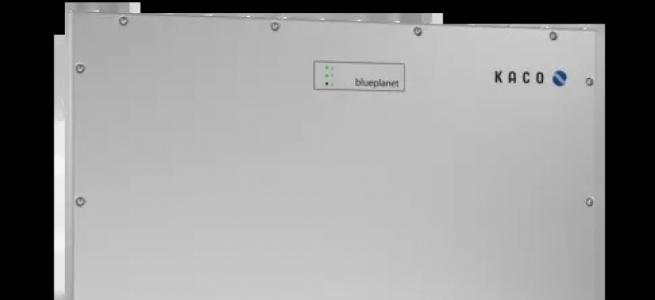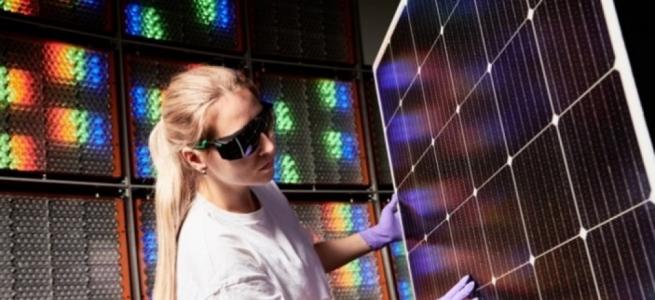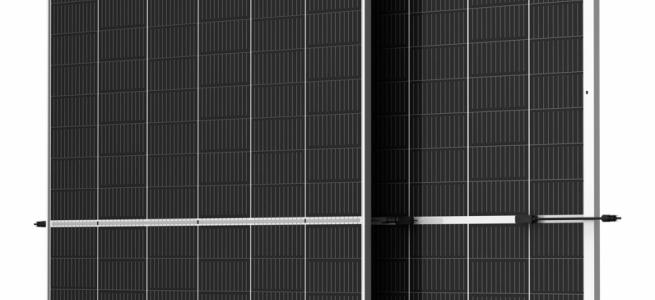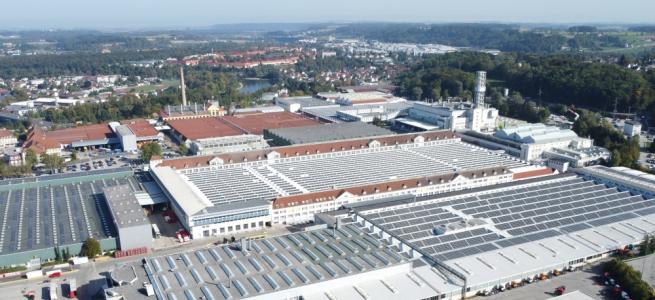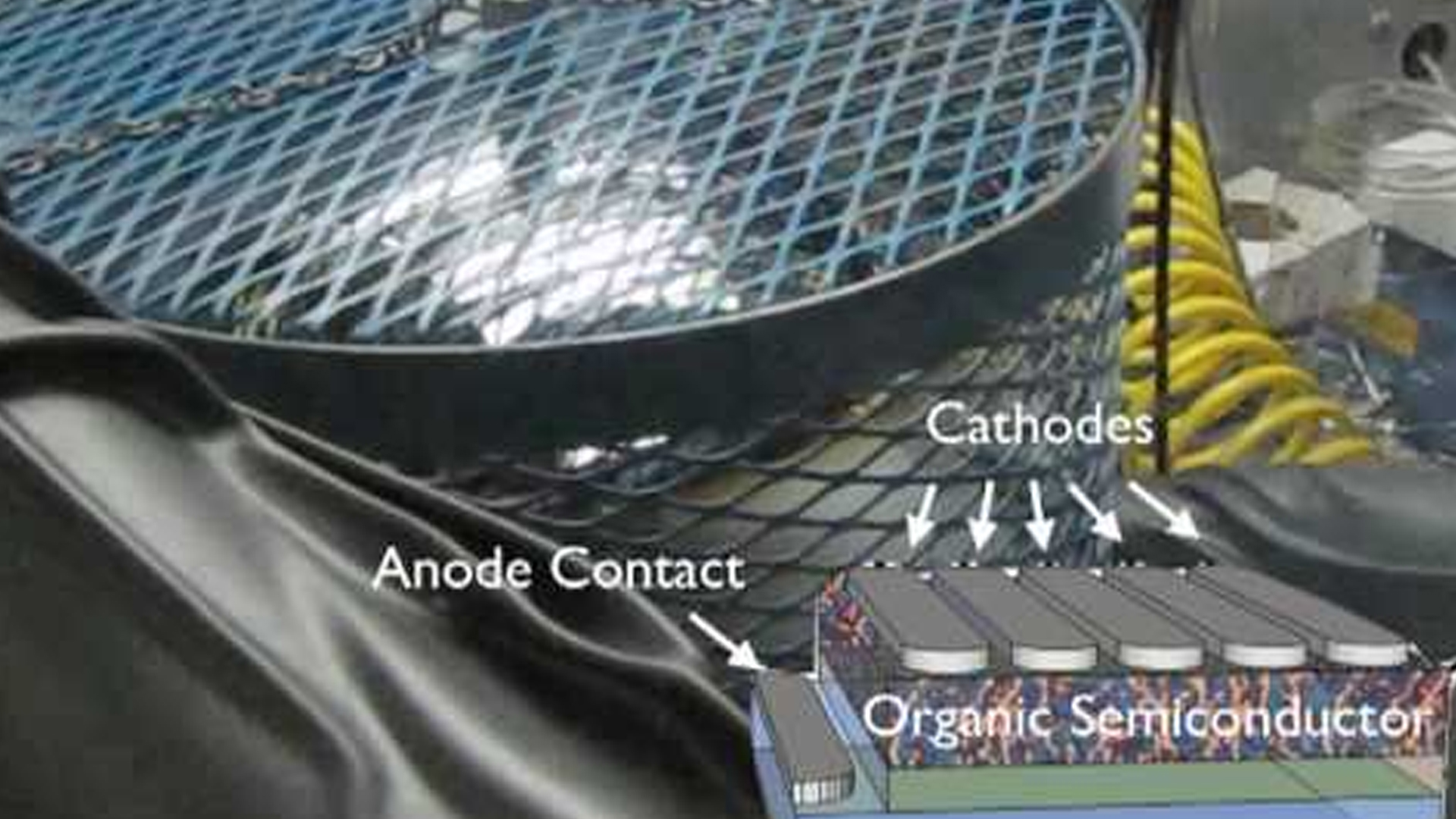Oxford University and HKUST promote new CIGS design
Cost-effective nanopillar array anti-reflection films for solar cells
![]()
(a) Flexible nanocone film (b) Schematic structure of the solar cell device with nanocone PDMS film attached on the top
Isis Innovation, the research and technology commercialisation company of the University of Oxford, is working with Hong Kong University of Science and Technology (HKUST) to promote and license a novel CIGS-based solar technology.
Led by Zhi Yong Fan from the HKUST department of electronic and computer engineering, the research team has developed a CIGS-based thin-film solar cell featuring pillar-like nano-structure that greatly increases the surface area for light absorption.
![]()
(c) Power output of a PV device with and without PDMS nanocone film against daytime (d) Power output improvement of a PV device with and without PDMS nanocone film against daytime
The patented 3D nanostructured film is produced by electrodeposition. To reduce production cost, CIGS nanoparticles are ink-jet printed onto the 3D nanopillar arrays rather than using vapour deposition.
The resultant solar cells demonstrate unique light trapping and scattering properties in lab experiments, according to the researchers. To top it off, the team developed a self-cleaning nano-cone antireflection skin over the 3D nano-thin film to protect the cells and to minimise dirt and dust accumulation that may hinder light penetration.
One patent was granted in the US in October 2014, 'Roll-To-Roll Fabrication of Ordered Three-Dimensional Nanostructure Array' with patent no. 2014/0295208 A1.




